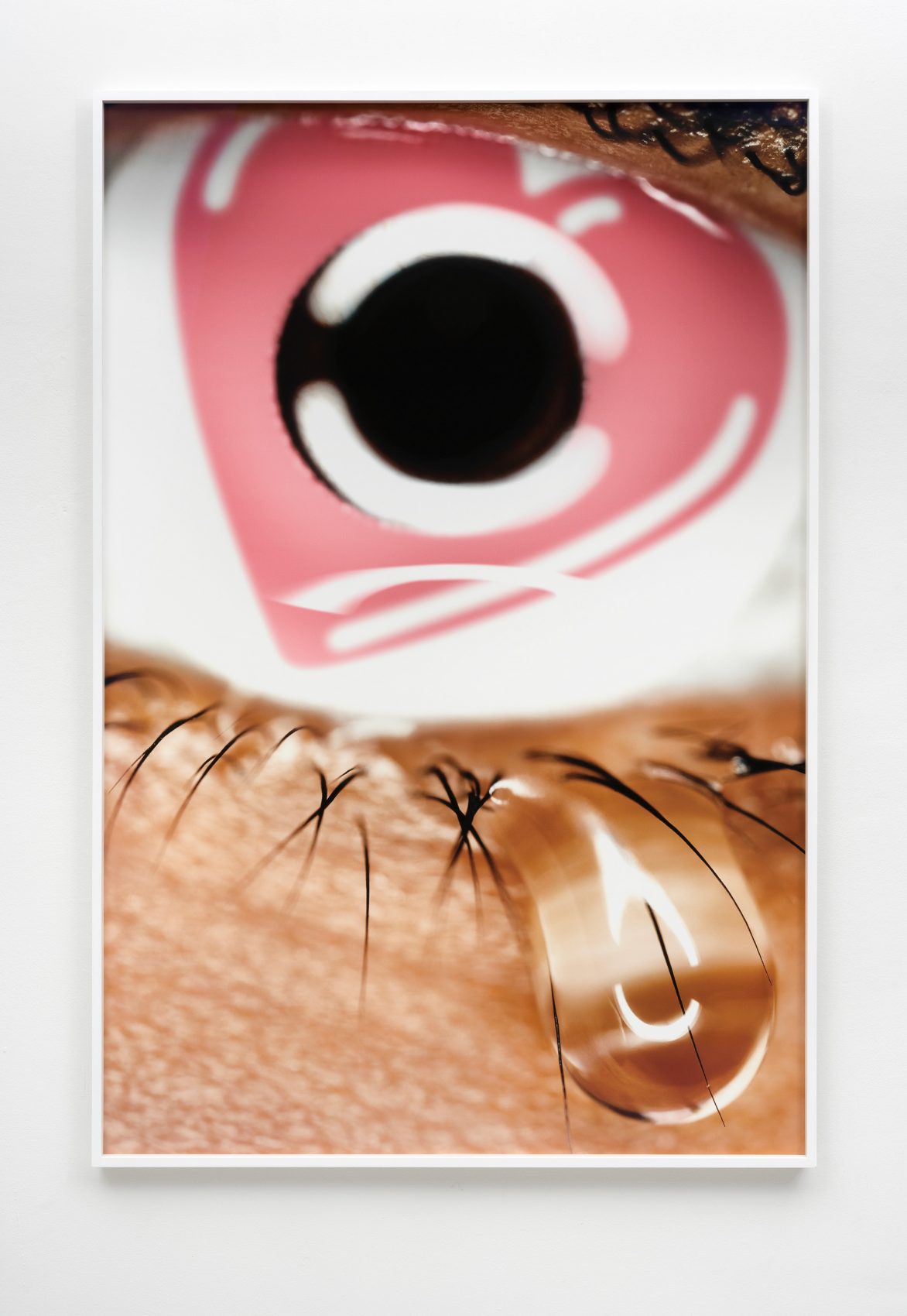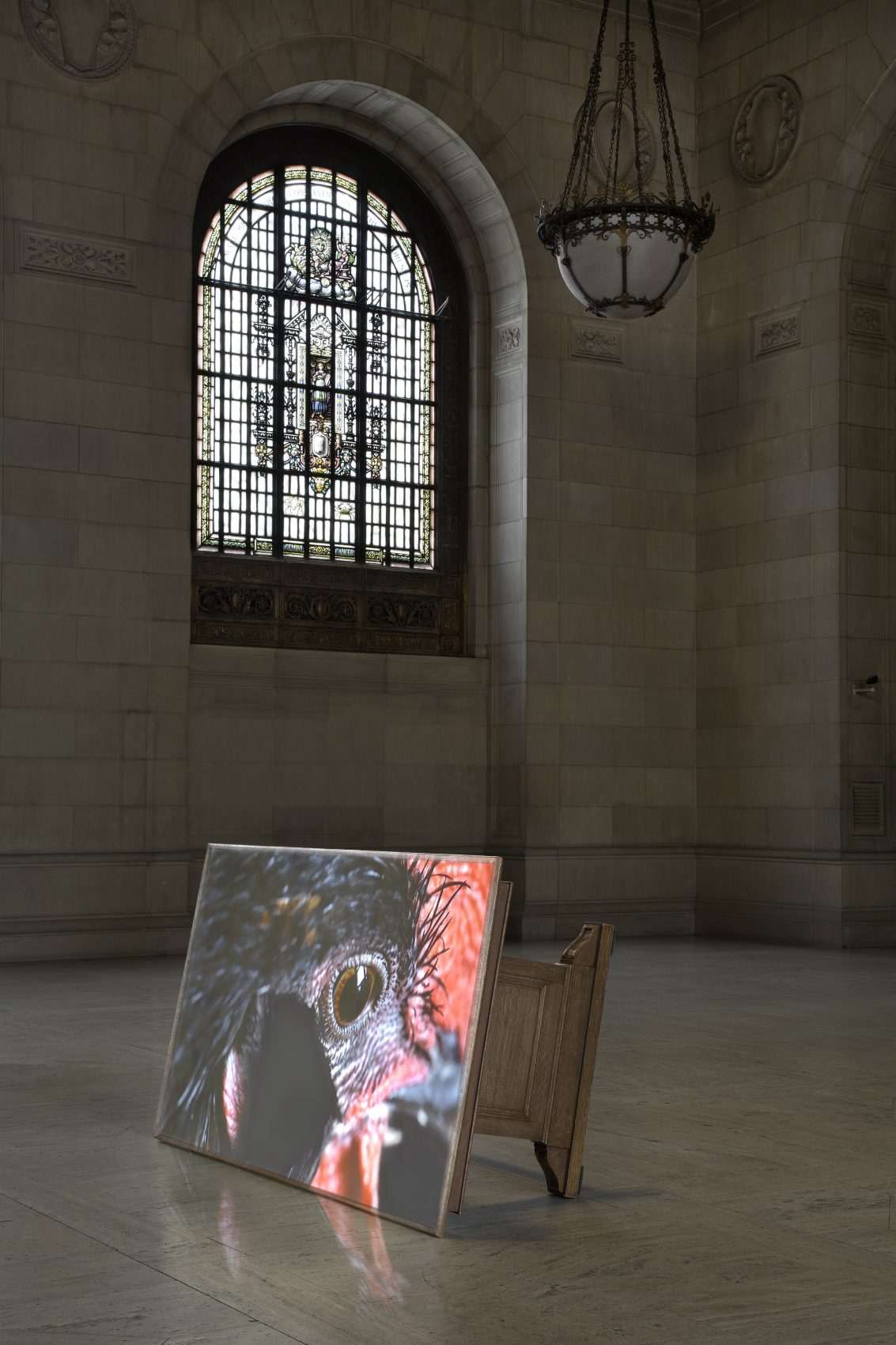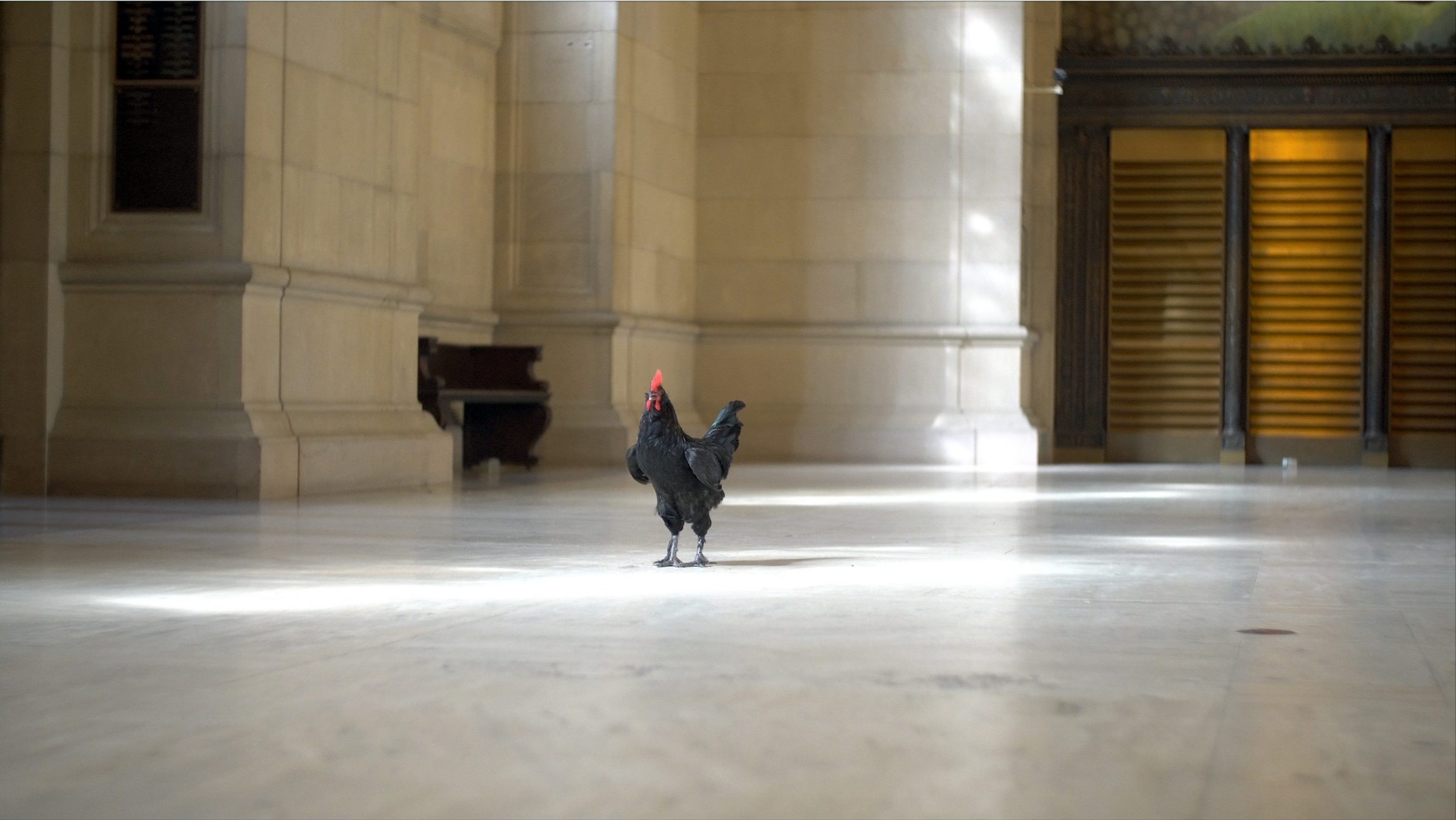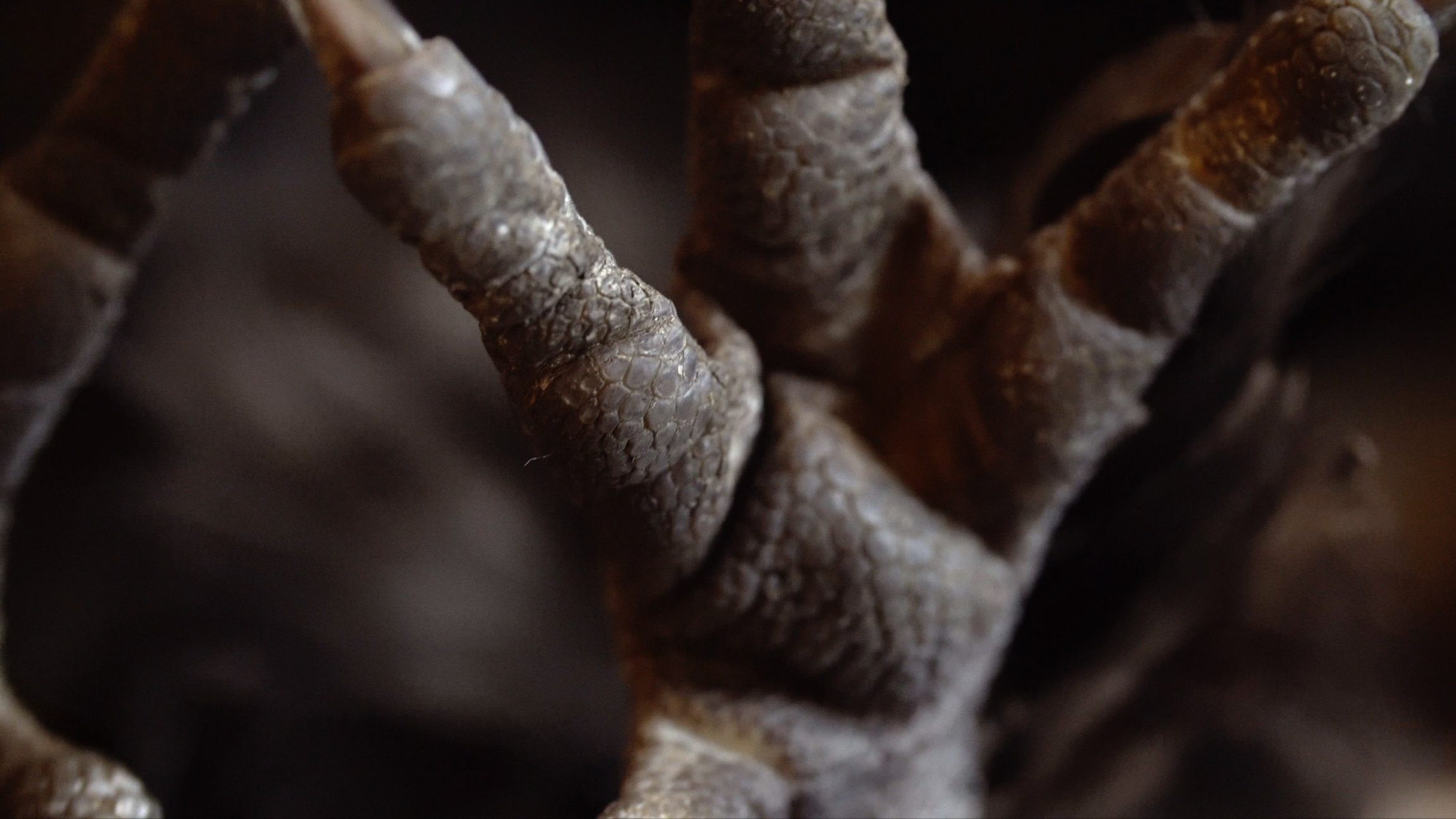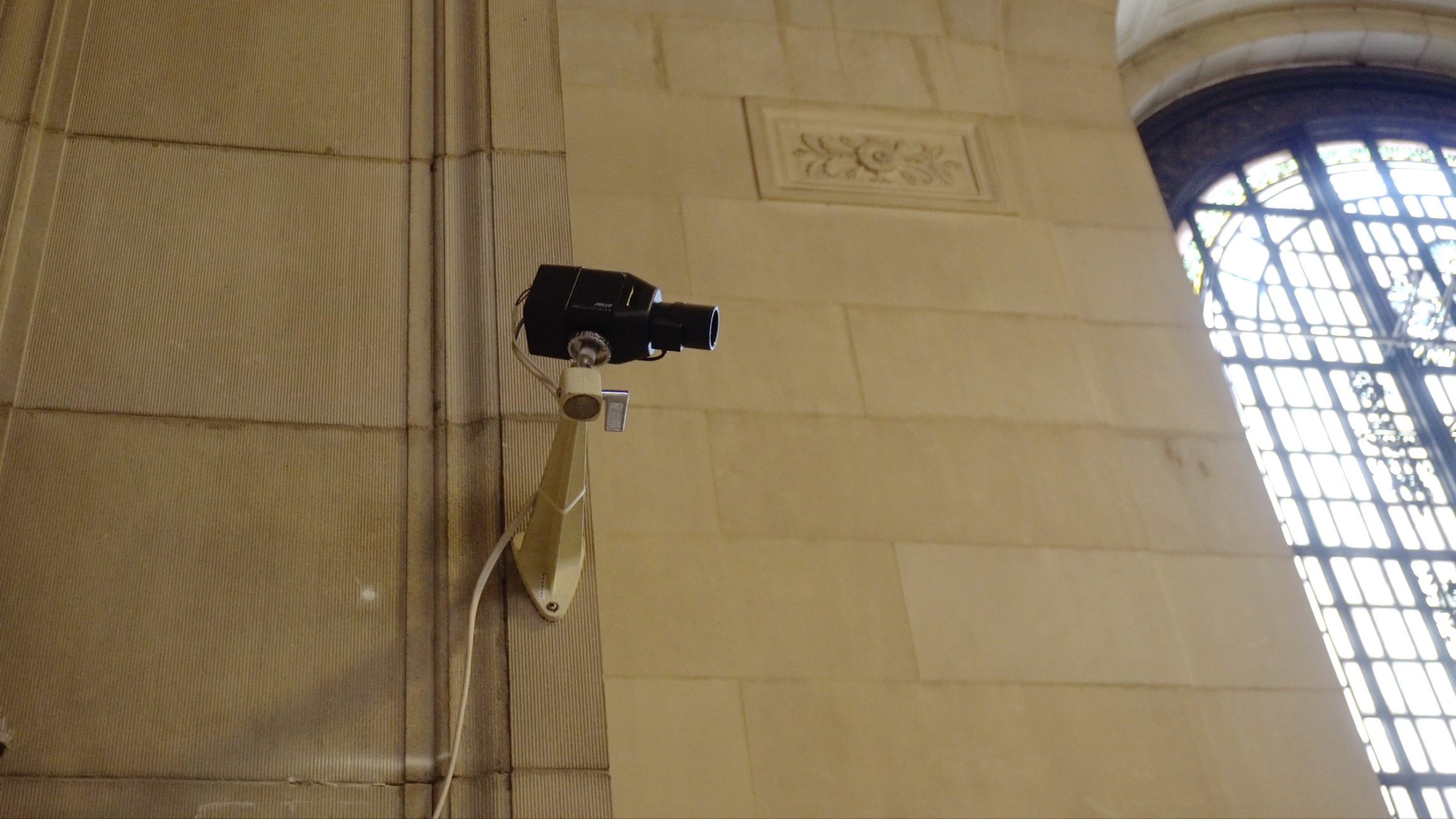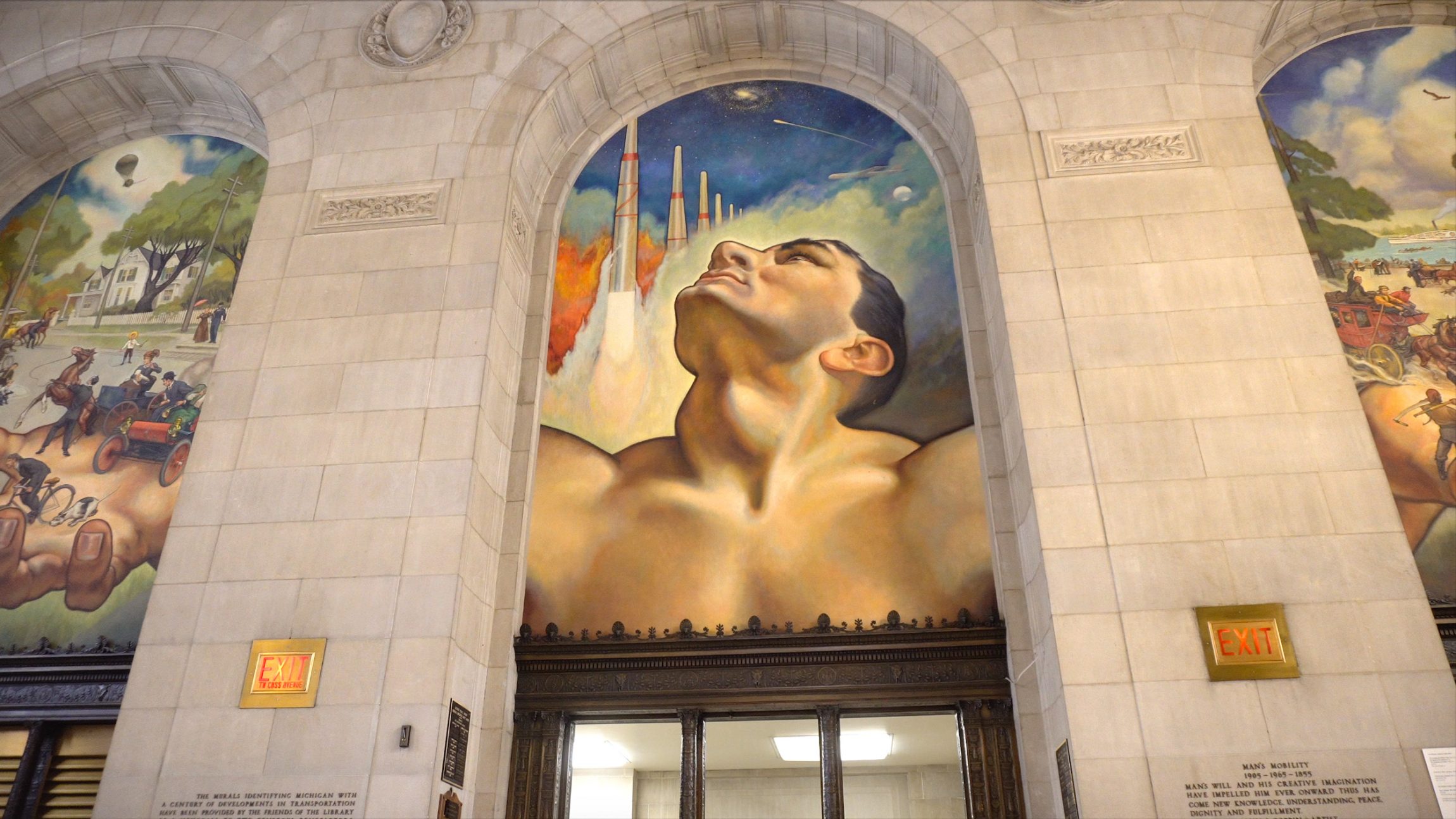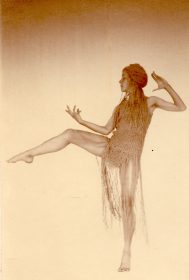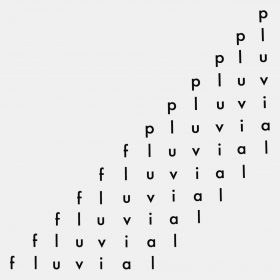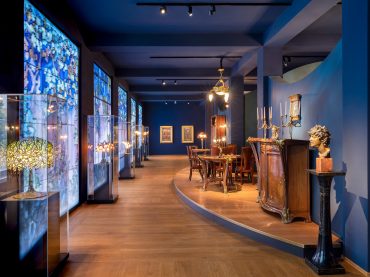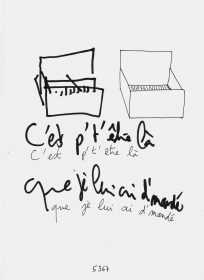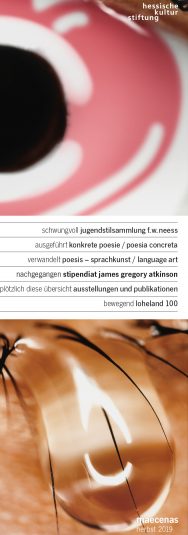scholar james gregory atkinson
2019 saw the fiftieth anniversary of the Stonewall riots in New York City in which members of the gay and transgender community rose up against the police raids. The event is considered the turning point in the active struggle for equal rights and international queer politics critical of society’s construction of gender and sexuality.
Yet what forms of queer culture can be identified today? Where is queer opposition currently manifested in the arts? How do queer artists work? What self-image do queer African-Americans have of themselves?
James Gregory Atkinson has been exploring these questions in his artistic work for several years. Born in Bad Nauheim, the German-American artist first trained as a photographer at the Lette Verein, an applied arts centre in Berlin, before completing his master’s degree in visual art under Douglas Gordon at the Städelschule in Frankfurt in 2016.
Fashion, literature, music and photography are the source material he uses to approach such themes as post-colonialism, gender, models of identity for queer people and people of colour. His works play with conventional expectations, maskings and staging social status or artistic identity.
His artistic practice comprises photography, performance, object art and film. He regards close cooperation with other artists as a productive element of his creativity.
In the following interview from 2019 Atkinson talks about his research into African-American protagonists of the LGTBQI cultural scene during his residency in New York and about the video installation he produced there for the exhibition Show me your Shelves! The show was part of the campaign Wunderbar Together – Deutschlandjahr USA that was initiated by the German Federal Foreign Office (Auswärtiges Amt) and carried out by the Goethe-Institut with the support of the Bundesverband der Deutschen Industrie (Federation of German Industries). Large-format photographs from his series Hypersensitive (Blowing things out of proportion) were also shown at the Lubov Gallery in New York in autumn 2019.
hks James, your work explores models of (sub)cultural identity and representation in the media. In 2018 you curated the exhibition Re: Re: Black Macho. Unleash the Queen in Frankfurt, in which you inquired into the self-image and artistic expression of queer non-white artists. Is “subculture” still the right term here?
James Gregory Atkinson Personally, in 2019 I no longer believe in subculture.
Everything that used to be labelled subculture, like punk, has in the meantime been commercialised. Today we’re living in a world that has evolved hybrid forms of various cultural identities, albeit under the veil of capitalism. Advertising and fashion are good expressions of the current state of things in society: bankers wear ripped jeans, hip hop artists AC/DC T-shirts. Advertising usurps the political ideologies of so-called subcultures to drive international marketing strategies.
As far as queer, Black or national identity is concerned there are now so many different views and opinions, which is why I always talk in the plural. Identities depend strongly on cultural background, socioeconomic status and education.
hks What form does your artistic practice take in response to this broad thematic field?
jga As a queer, German-African-American artist and curator with a working-class background my work is always permeated with autobiographical narratives and images. The references that inspire me come from a wide variety of sources: advertising, TV, social media, academic texts or deeply philosophical books, but also the form of my work.
I come from staged photography, portrait photography, and have always collaborated with different people. I was never a typical solo artist and I like to share my platform with other cultural producers like musicians, authors or academics.
Urbanity is crucial to the development my work, and in historical terms, the wealth of queer and Black narratives is often to be found in urban settings. While focusing on collaborative structures of queer, non-white artists in the cities, I use strategies to oppose forms of capitalist hegemony. My artistic practice can be viewed as an attempt to regain access to the narratives outside heteronormative systems.
In the exhibition I curated in Frankfurt, Re: Re: Black Macho. Unleash the Queen, my idea was to critically highlight the connection between Black machismo, which is rooted in the repression of vulnerability, and white patriarchal ideologies. I was interested in works that question the boundaries of the concept of feminism and ideas of sociocultural norms in relation to masculinity and gender. In addition, in the last few years there was a series of Black gay anthologies of poetry, essays, fiction and non-fiction that I found immensely exciting. I wanted to present these works to a larger audience and create a multimedia exhibition format that is more than just a straightforward illustration of the subject.
hks The Frankfurt exhibition was the start of your research in New York. You explored various archives to learn more about the impact of African-American artists of the 1980s. Can you tell us more about this?
jga The archive where I worked most of all was the legendary Schomburg Center for Research in Black Culture in Harlem. There I studied the estates of Marlon Riggs and the poets, novelists and activists Essex Hemphill and Assotto Saint who were associated with him, all of whom were key figures in the LGBT and African-American cultural scene in the 1980s and early 1990s.
Riggs and his colleagues are great inspiration for me. He in particular grappled intensely with the issue of what constitutes Black identity because he had the feeling at that time that he needed to choose whether he was Black or gay. Besides author and feminist activist bell hooks, he was one of the first to create public awareness for the subject of intersectionality.
For me, this dialogue is not over. There are diverse possibilities for what one can do with this knowledge. Frequently, these archives do not find their way into the memory bank of mainstream culture, either because of marginalisation or for socioeconomic reasons. So only a few people know that it was Marsha P. Johnson, a Black trans woman, who initiated the Stonewall protests and was a prominent activist in the LGBTQI movement.
But the idea of an expanded Black, gay archive still strikes me as fanciful.
hks What do you mean by that?
jga During my research I noticed that there is no dedicated Black archive as a building or an institution in its own right. For me an archive is not tied to maintaining tradition, standard procedures and constant upkeep. It’s more about a dynamic system of education and transformation of oral, spatial and formal statements. In the same way, choreography is a dynamic system of transfer and transformation, a system of corporeal archiving that constantly rehearses how a body erases, scrapes out, transcribes and rewrites its own histories.
hks Libraries are also places for communicating knowledge. As part of the group exhibition Show me your Shelves! you created the video installation The day I stopped kissing my father in the Detroit Public Library. What is the background to this title?
jga The Adam Strohm Hall in the Detroit Public Library is a historical gallery that displays the history of the US from its founding to the modern period. Different epochs are depicted in wall paintings showing the white man’s conquest of America, the development of automobility or the moon landing. There is absolutely no mention of African-American history. That is what caught my interest in the hall and what gave the premise for my work. On top of this came my notion of the archive and that in non-Western contexts we find traditions handed down via oral story-telling, poetry and performance in the broadest sense – that’s what interested me.
The video shows a black-feathered cockerel of adolescent age standing opposite the huge wall paintings that epitomise patriarchy. So what would happen if you no longer kissed your father?
In the broadest sense this explores the idea of growing up, of coming of age and of the presence of Black masculinity within patriarchy.
The black cockerel has symbolic connotations and fosters numerous associations because it plays on all the clichés and images related to the Black man.
hks In the video we repeatedly see a surveillance camera installed in the hall. Does this also imply a political critique?
jga The camera is an allusion to how Black bodies have generally been viewed over the last centuries. It is a play on the slavery system, on how escape was prevented and on police violence. On this I would like to quote the US sociologist Matthew Desmond: „In order to understand the brutality of American capitalism you have to start on the plantation.“ Since time immemorial the Black body has been the object of surveillance. If you care to dig deeper into this subject you should look at The 1619 Project by the US American journalist Nikole Hannah-Jones.
I would like to be more optimistic and say that there is a lot of activism on this subject and that people are trying to foster dialogue among each other – especially after the countless cases of lethal police violence against Black women and men that have gained prominent media attention since the case of Rodney King and the ensuing Los Angeles Riots in 1992. The only way we can change this is through painful discussions, acknowledgement of the past and the present, and the creation of independent institutions as a counterbalance to prevailing power relations.
hks For the video installation you collaborated with the harpist and singer-songwriter Ahya Simone. Her music is about social coldness. Can you say a little more about this?
jga As a theme, appropriation has strongly interested me, since it always also implicates the question of what defines African-American culture and how it is distinguished from other cultures – as also described in the writings of Henry Louis Gates Jr., Professor for African and African-American Studies at Harvard University and MacArthur Fellow.
As a Black queer performer, Ahya Simone stands facing the wall paintings, similar to the black cockerel, and embodies a moment of appropriation. She plays harp, a typically classical, essentially “white” instrument, but through her performance she changes it into a hybrid form.
Simone’s two-part arrangement is a kind of inner monologue and is entitled frostbite and thaw. The section frostbite negotiates the feeling of isolation. Constant availability is a challenge to everyone, especially in huge hypercapitalist cities like New York. There are often moments when a person withdraws or hides from others in order to work on her/himself. The second part can be viewed as a response to this and addresses the aspect of economising our resources. We are alive only for a limited time and cannot constantly keep ourselves in isolation, even if we want to. We have to be in contact with others and find our own voice. The dilemma between the permanent maintaining-presence and the wish for deeper reflection about what one is doing or making also represents a central theme for artists. For artists it is a great luxury to be able to completely step outside of things for half or even a whole year – but it’s also very necessary.
The interview was conducted by Friederike Bülig
Translation: Matthew Partridge
